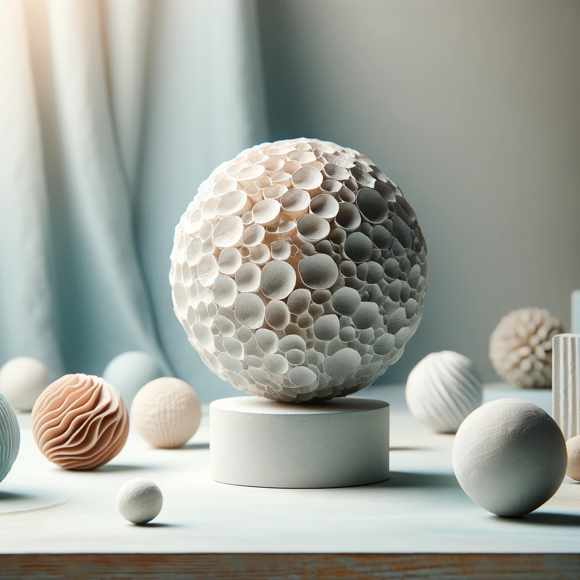Art therapy, a form of psychotherapy that uses the creative process of making art to improve a person’s physical, mental, and emotional well-being, incorporates various mediums and techniques, one of which is paper mache. This unique medium not only unleashes creativity but also offers substantial psychological benefits through the simple act of hand molding.
The Therapeutic Process of Paper Mache
Paper mache, a craft that involves creating objects from pieces of paper bonded together with glue or starch, is accessible and versatile. The process begins with tearing or cutting paper, mixing the adhesive, and sculpting the material into forms. This progression from raw materials to a finished product can be profoundly satisfying and therapeutic.
1. Sensory Engagement
Engaging with paper mache involves extensive tactile stimulation. The sensation of paper and paste between the fingers can be immensely grounding, providing a moment of presence often lost in the hustle of daily life. For individuals dealing with anxiety or stress, the sensory engagement helps divert the mind from distressing thoughts and focuses on the here and now.
2. Mindfulness and Relaxation
The methodical nature of layering paper and sculpting shapes requires a level of mindfulness similar to meditation. The concentration on simple, repetitive tasks allows individuals to enter a state of flow, where their other concerns and thoughts fade away, reducing stress and promoting a state of mental relaxation.
3. Emotional Expression
Paper mache offers an outlet for expressing feelings that might be difficult to articulate verbally. Through creating shapes and even abstract forms, individuals can externalize emotions, processing complex feelings in a safe and controlled environment. This form of expression can be particularly beneficial for those undergoing emotional distress, helping them to explore and resolve their feelings.
4. Cognitive Flexibility and Problem Solving
The act of creating something from scratch with paper mache can enhance cognitive flexibility. As artists encounter structural or aesthetic challenges in their creations, they must think critically and creatively to solve these problems. This stimulates brain function and can improve skills in other areas of life, promoting a flexible and adaptable mindset.
5. Achievement and Self-Esteem
Completing a paper mache project provides a tangible sense of achievement. For many, especially those who might feel overwhelmed by other aspects of their lives, succeeding in creating something beautiful and expressive can significantly boost self-esteem and provide a sense of accomplishment.
Conclusion
Paper mache is more than just a playful craft. It is a powerful tool in art therapy, offering numerous psychological benefits. From enhancing mindfulness to fostering emotional release and boosting cognitive flexibility, this accessible art form can play a pivotal role in therapeutic settings, aiding individuals in their journey towards mental wellness.
By integrating paper mache into therapeutic practices, therapists provide a hands-on approach that enriches the therapeutic experience, making it not only healing but also creatively fulfilling. Whether used in professional settings or as a personal relaxation technique, paper mache holds a valuable place in the domain of art therapy.
